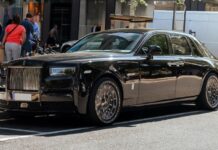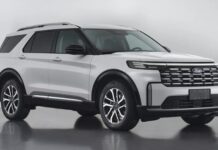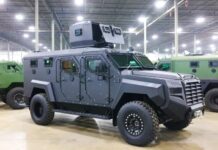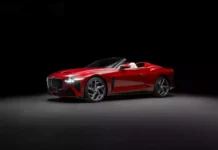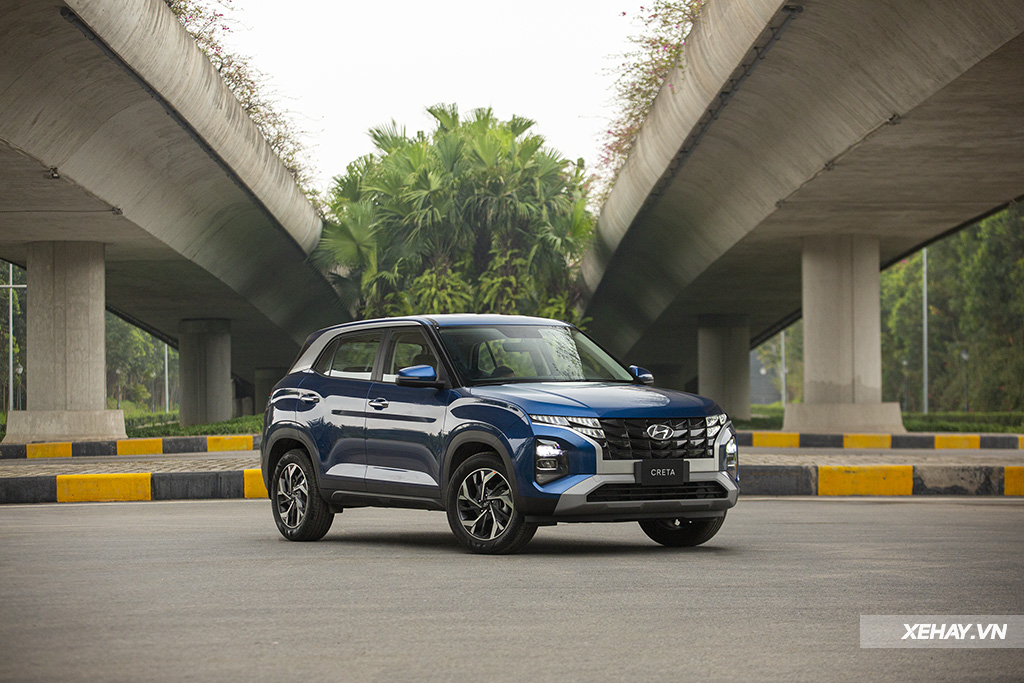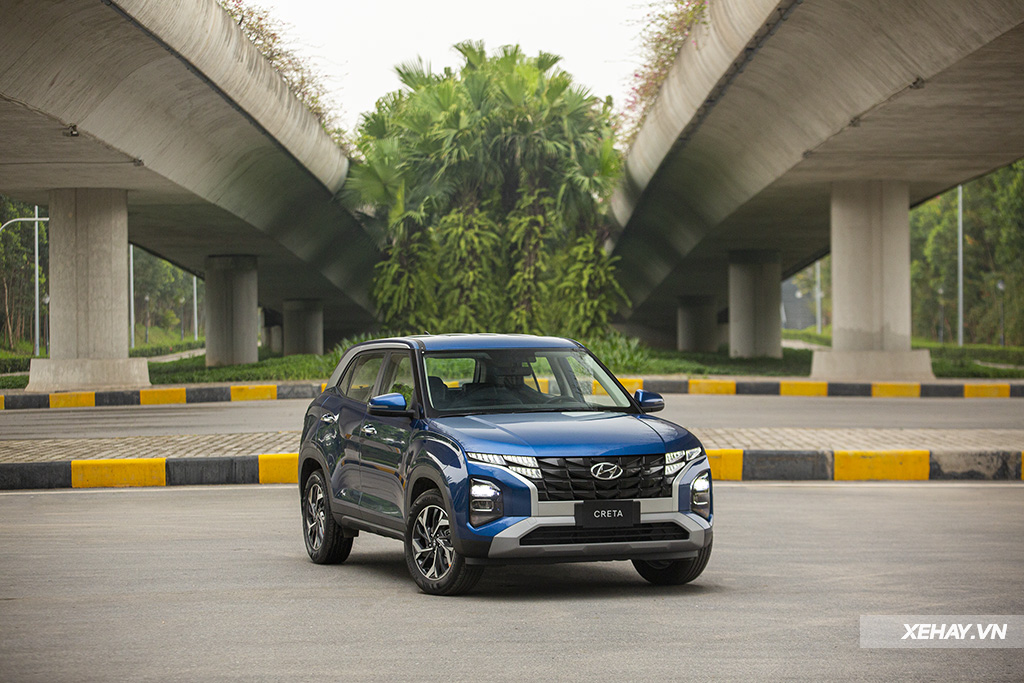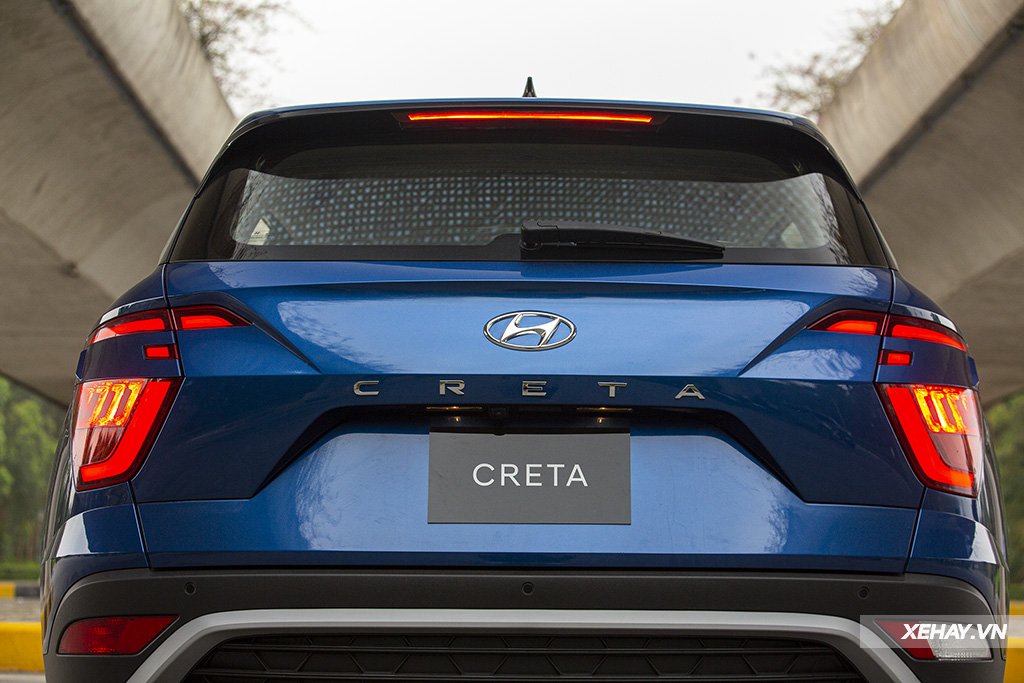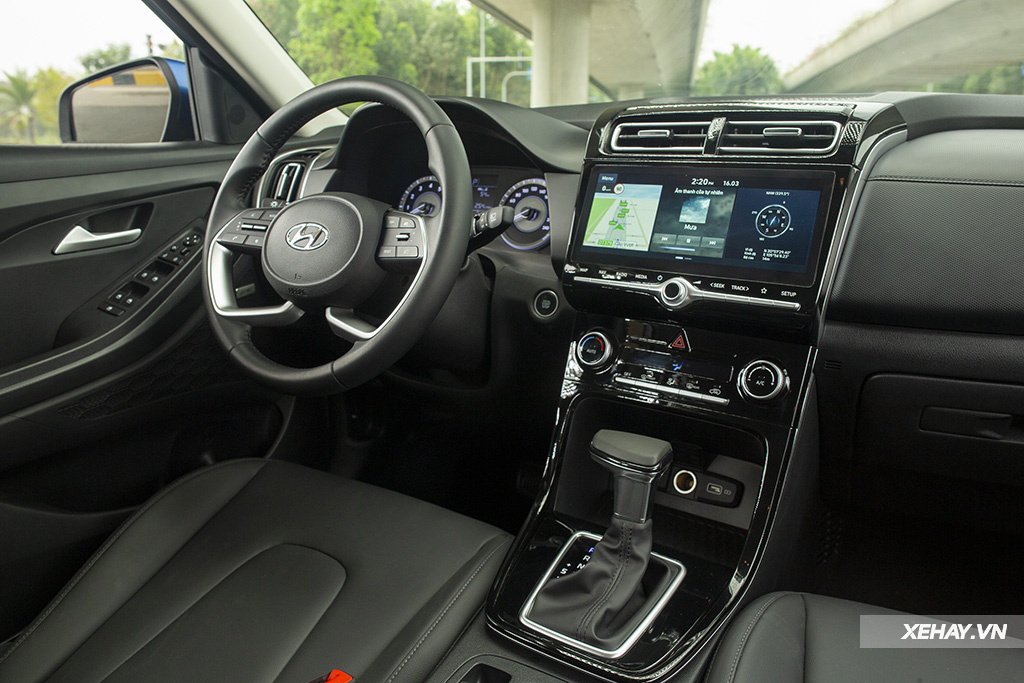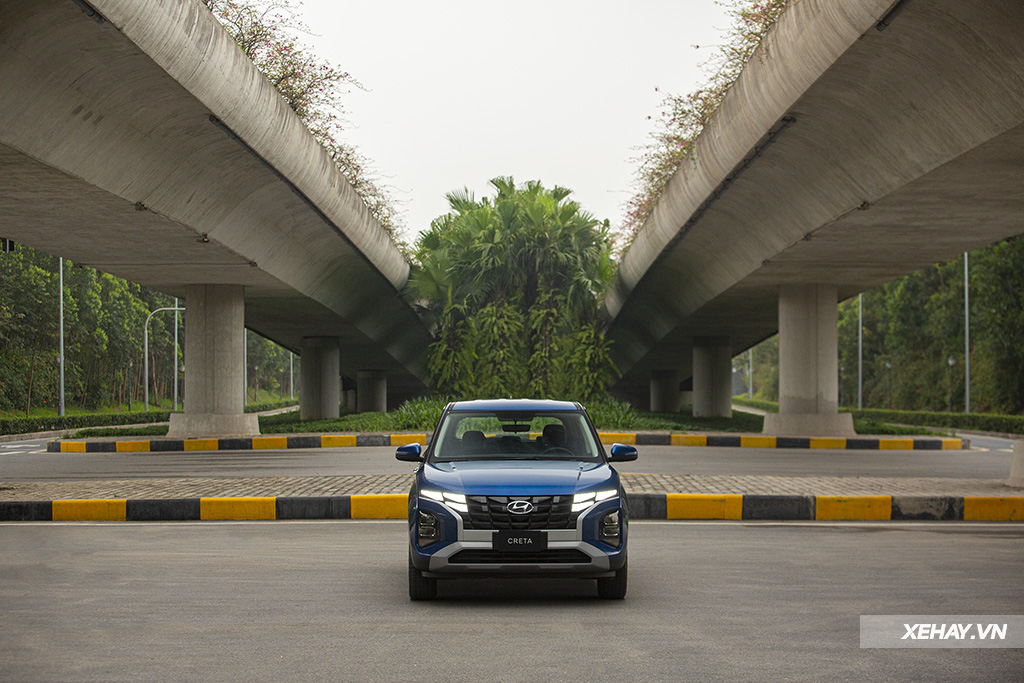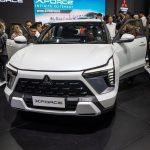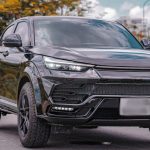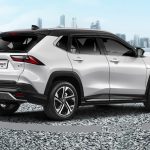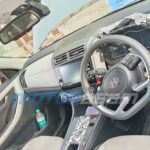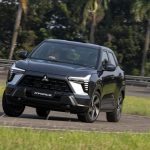Inheriting the Kona’s attractive design, advanced equipment and outstanding features, Hyundai Creta confident enough to win customers in the B-segment high-riding CUV market.
Along with the development trend of the world, the high-riding car segment is becoming more vibrant than ever in the domestic market, especially in the small B-segment CUV segment. Taking a quick look at the names in this segment, we can see many competitors competing, such as Ford EcoSport, Hyundai Kona, Honda HR-V, Kia Seltos, Mazda CX-3, Peugeot 2008, MG ZS…
Although the Suzuki Vitara has been around for a long time, it is not positioned as an urban car for families. Therefore, the Ford EcoSport is considered the “opener” for the urban high-riding segment in Vietnam.
Quickly opening a new “Focus on raising the undercarriage” segment easily conquers the family group of users with a moderate financial ability. Ford EcoSport went alone, bringing both reputation and brilliant business results to the American car brand headquartered in Hai Duong.
However, as soon as Hyundai Kona was born, the former king EcoSport immediately revealed its weaknesses (narrow space, weak engine, insufficient equipment) and proved to be overwhelmed by its opponent, gradually sinking into the past and relinquishing its position to the representative from South Korea.
Introduced shortly after the Honda HR-V, however, Hyundai Kona easily dominated the segment with its youthful and impressive design, an equipment list that satisfies users, and an engine – chassis system that provides an exciting sports driving feel, and especially a very suitable price for young users who already have or are about to have a family.
However, after a few years, Kona also began to show signs of aging compared to a series of competitors launched during a short period of time, such as Kia Seltos, MG ZS, Mazda CX-3, and Peugeot 2008.
Starting off like that to see that the B-segment CUV in Vietnam has become vibrant and developed and then proliferated so much that it is vibrant and competitive as it is today. So in 2022, Hyundai Creta, inheriting the Kona predecessor, how can it survive and fight back against very strong rivals in the segment?
Youthful and eye-catching design
It can be said that Korean car brands – especially Hyundai – are getting “riper” in terms of design. With a youthful and dynamic spirit, the previous generation Santa Fe, Tucson, Elantra… have left their mark with the Sensual Sportiness design language. And on this new generation of products, starting with Hyundai Tucson, Creta has inherited the very modern and impressive design lines.
The B-segment CUV owns a captivating exterior, just like the name given to the fifth largest island in the Mediterranean. The Parametric Jewel Hidden Light gems integrated into the radiator grille increase the surface area of the radiator grille, contributing to a more impressive front face of the car.
When the car is started, these gems shed their invisibility, shine brightly and form a magnificent wing-shaped positioning light system. Thanks to that, perhaps no driver can mistake the car when observing it from a distance – a detail that is a very unique brand recognition of Hyundai.
Along with the shining gems, Hyundai offers Creta automatic LED lighting system, enhancing convenience and safety for the car. The main lighting system is arranged below the semi-light, similar to the predecessors Kona, Tucson, and Santa Fe.
Contributing to the muscular look of the front end of the car is the radiator grille with a rugged, square and thick design, painted in metallic gray, connected from top to bottom to the front underbody. Along with that is the hood with clear ribs and muscles.
The body of Hyundai Creta continues to impress with its four wheel arches, combined with prominent raised lines, creating a very muscular and agile overall body. The roof from column C down to the body is highlighted by a metal gray strip.
This clever design makes Creta still maintain the sporty look in the Coupe trend, but in fact still has a square body shape that is practical when it can provide maximum space inside the cabin for passengers.
The wheels of Hyundai Creta are equipped with 17-inch 5-spoke two-tone grooveless wheels that are very personality and eye-catching. The ceiling is decorated with a roof rack and a shark fin antenna. The chrome door handle, while the rearview mirror pair is painted in two colors and has the convenient feature of electric adjustment – folding.
Moving to the rear of the car, the “super oversized” brake lights will make many people hesitate. Although it has a sophisticated design and it is undeniable that this detail is not beautiful. However, when placed in the overall body of the rear of the car, the taillights create a… disoriented feeling.
This is because this brake light set still maintains the same design as the previous generation, consistent with the main lighting system in the front. If the “mini Tucson” were Hyundai to update even the whole brake light design in the shape of a hexagon similar to the Tucson, then surely the rear appearance of Creta would be much more reasonable, modern and impressive.
Similar to the front end, the rear bumper of Creta is also painted in a muscular metallic gray. The tailgate is stamped with an X-shaped folded design, in line with the square radiator grille at the front end of the car. Hyundai Creta is designed to hide the exhaust pipe, contributing to a neat and delicate appearance.
The evaluation of the car’s exterior design shows: Hyundai is re-applying the formula that made Kona successful. Hyundai Creta with its angular, sporty, muscular exterior lines inspired by the latest Tucson, has made a strong impression at first sight.
Spacious and convenient interior
Entering the interior compartment, it is really necessary to confirm the title “mini Tucson” of Hyundai Creta. The Korean brand has integrated a centrally positioned 10.25-inch information screen in the middle of the dashboard, fully integrated with Apple CarPlay and Android Auto smart connectivity, applicable to all versions.
Looking over the “disgusting” screen design on the cheapest version of the new rivals, the Creta’s screen is truly a breakthrough and like “a heaven and an earth” if it has to be compared.
The surface above the dashboard is also divided into two layers, with two circles embracing the view of the driver and the passenger sitting in the front seat. This spacious design is inspired by water flowing from all sides to the center before pouring down, creating a magnificent landscape. This type of cabin layout is also present on other Hyundai’s siblings such as the latest Santa Fe or Tucson.
Next, the steering wheel on Creta is also truly a valuable upgrade. The beautiful design with four 4 spokes is inspired by sports racing models or even further away is the Yoke of fighter aircraft. This detail has appeared on the Tucson predecessors and the fact that the brand favors applying this design to Creta is clearly praiseworthy.
On the highest-end version, Hyundai Creta is equipped with a full digital screen up to 10.25 inches equivalent to the central infotainment screen, with the role of displaying information behind the steering wheel. However, on the two lower versions, standard and special, Creta is only equipped with a 3.5-inch multi-information screen, accompanied by 2 tachometer and speedometer with a design pattern very similar to the younger brother i10 or Accent of the old generation. Along with the taillights, this is another detail that causes disappointment and should be updated on the next generation Creta.
Different from the Tucson predecessors with a touch control system integrated on a flat surface along with a central screen, Creta owns automatic air conditioning with buttons and switches in a conventional style, with the advantage of not taking time to get used to and not causing distraction especially when the driver is concentrating on steering.
Along with that, the square design helps all the window glass on Hyundai Creta to be very spacious and wide. Thanks to that, the driver has a wide, panoramic view and limits blind spots, contributing to safer operation.
The gear shift on Creta has a familiar design, very similar to the lower version of Tucson. This beautiful design gear lever takes inspiration from the push lever of an airplane, however, it should be made lower and reduced in size to fit in with the overall layout.
The seats of Hyundai Creta have a sporty design, both beautiful and provide a comfortable seating sensation. The luxurious black leather upholstery is suitable for the climatic conditions of Vietnam. The highest-end version is equipped with heating and cooling features for the front seats, similar to other rivals in the same segment.
Notably, Creta is equipped with an 8-speaker Bose audio entertainment system for the special and high-end versions. Real-world experience shows that the sound quality of these speakers is completely sufficient to meet the basic enjoyment needs of ordinary users.
Going down to the rear seats, the space for passengers is still very considerable. Both headroom, legroom, and seat tilt are reasonable and spacious, with reference to a B-segment CUV.
In addition, the car is also fully equipped with air-conditioning vents with accompanying rear passenger charging ports. The central position is still equipped with an armrest integrated into the seat back, for use when the car is only moving with 4 people. Along with that are the widely used ISOFIX child seat lock hooks for families carrying small children.
With a wheelbase of 2,610 mm, in addition to the spacious passenger compartment; Hyundai Creta also owns a luggage compartment with plenty of space for each family on weekend trips or bringing along the “food world” of the grandparents prepared to head to the city.
Safe, economical, smooth operation
Korean carmaker Hyundai has truly made serious investments in the safety factor for Creta. The top standard version is equipped with a blind spot collision avoidance and lane-keeping assistance feature, integrated SmartSense system will bring passengers a lot of privileges, including features such as:
Pedestrian avoidance collision support;
Automatic light adjustment system (high/low beam);
Rear collision avoidance support;
Collision warning when exiting the car.
At the same time, on all versions, Hyundai Creta is also standardly equipped with tire pressure warning, reverse camera, and especially electronic parking brake with Auto Hold.
Unlike the Kona siblings aimed at young users, Hyundai Creta clearly targets the family customer group, with a power configuration of 115 PS and torque of 144 Nm transmitted from the SmartStream 1.5L engine to the front wheels through the CVT continuously variable transmission.
This configuration does not lean towards power, so it will not be able to provide enthusiastic “passionate” acceleration like Kona, however, its strengths are a smooth and comfortable operation, for the husband and children when the husband accelerates to overtake other vehicles.
Along with the smooth operation, this engine configuration ensures economical operation, with fuel consumption stopping at the number of 6.1 ~ 6.3 L / 100km mixed road. This is a factor that families should consider in the context of rising fuel prices as it is today.
Together with the moderately powerful engine, the MacPherson front suspension configuration and the rear bar contribute to a smooth and comfortable driving experience for passengers on each journey.
Anh Phan (Tuoitrethudo)
Toyota Yaris Cross launches in Thailand with only hybrid option, priced at around 670 million.
Toyota Yaris Cross 2023, which is based on the DNGA platform, made its global debut in Indonesia in May. Since then, it has been introduced to several Southeast Asian markets including Cambodia and the Philippines. In the coming weeks, the car is set to be launched in Vietnam (on September 19, 2023) and Thailand (on October 5, 2023).


